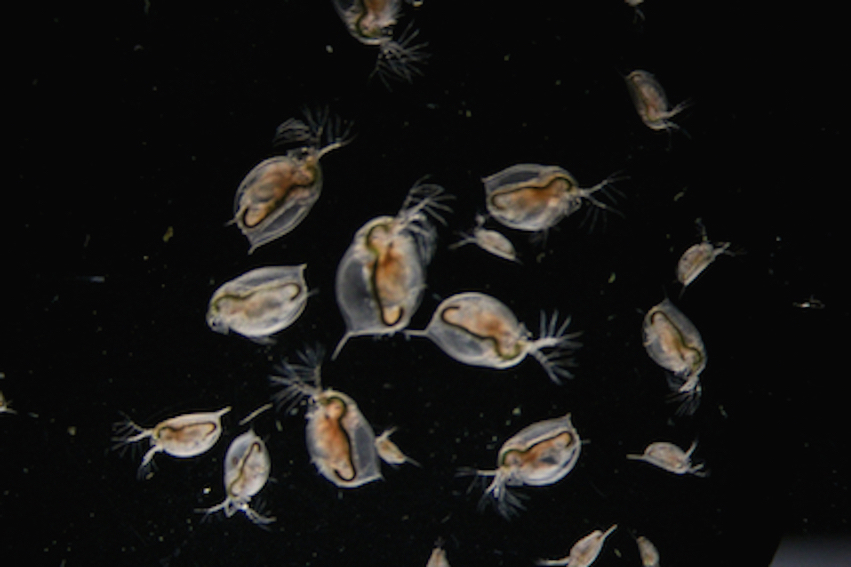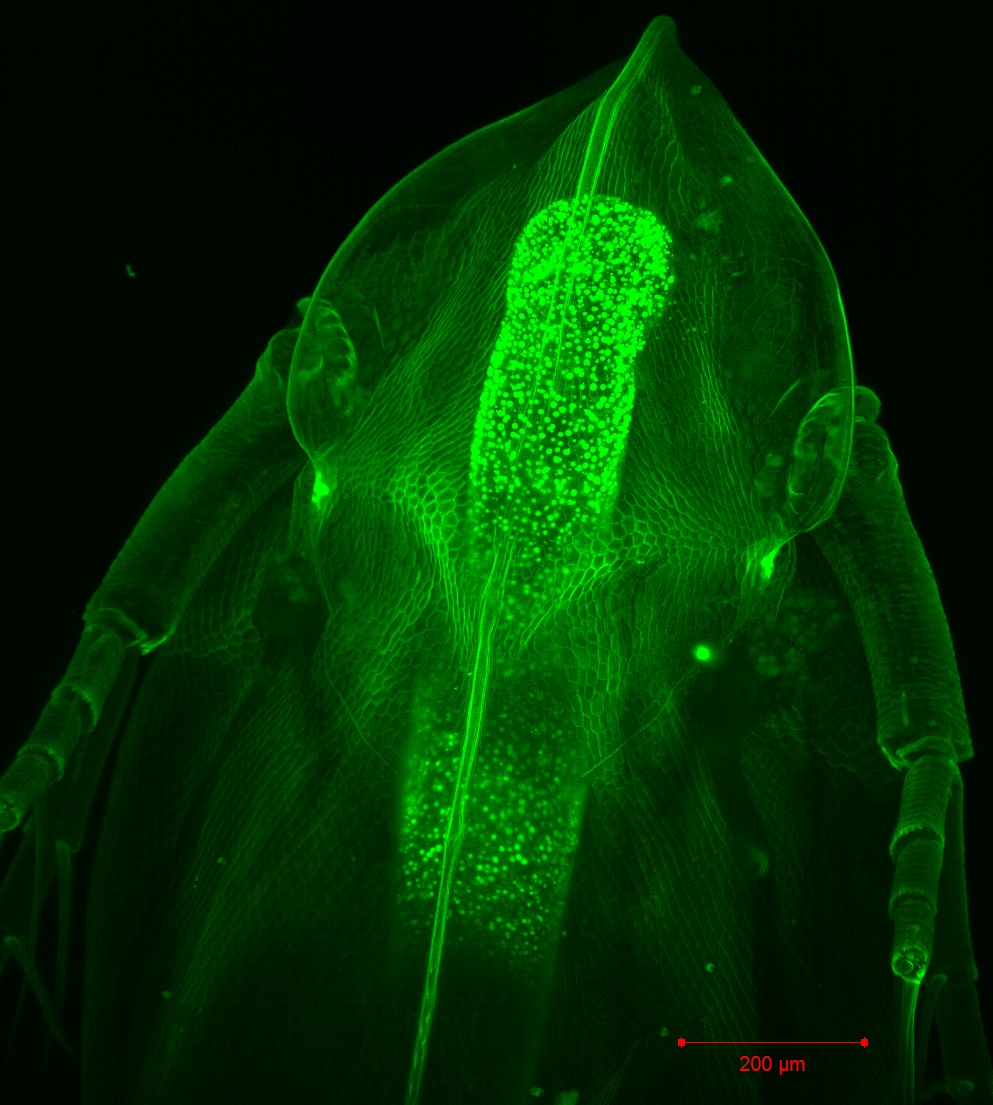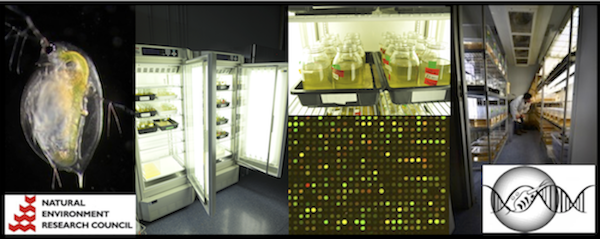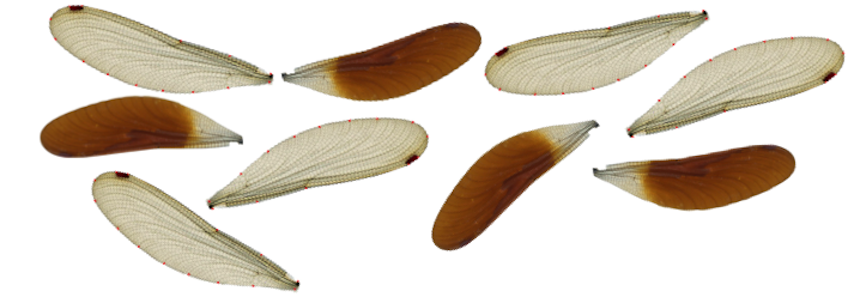Limits to adaptation

Our specific objectives are as follows:
To quantify variation in phenotypic plasticity across two environmental gradients within and between populations.
To use the insights from objective 1 to understand how adaptive and non-adaptive plasticity, genetic diversity and epigenetics determine the evolutionary potential of populations.
To understand how limitations in the evolutionary potential of populations alter community dynamics and ecosystem function.
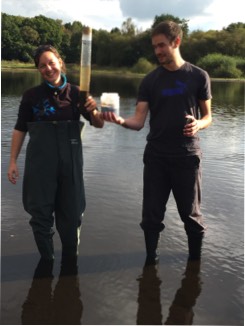
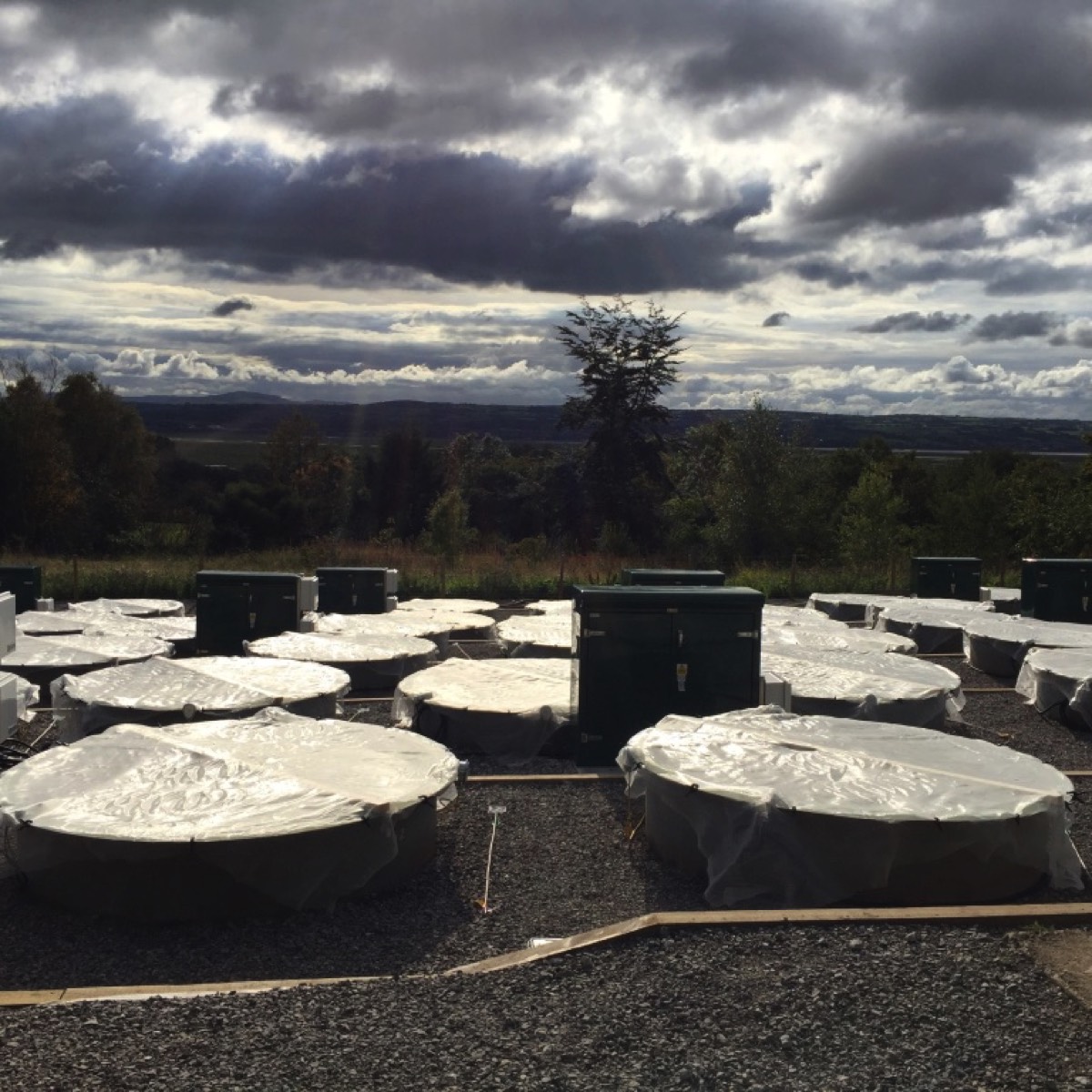
Thorough and realistic experiments on eco-evolutionary dynamics require mesocosms with diverse communities that experience natural seasonal changes extending beyond the first few weeks of community establishment. Our freshwater mesocosm facility at the University of Liverpool’s Ness botanic gardens provides 50 replicate 3200 litre mesocosms that can be run for extended periods of time, and can support diverse communities that show realistic seasonal environmental changes. This new grant will fund a major overhaul of this facility, including a custom state-of-the-art control and monitoring system that will enable us to closely control and monitor temperature (and other variables) in individual ponds.
Dr David Atkinson (Liverpool)
Prof. Steve Paterson (Liverpool)
Project partners:
Prof. Luc DeMeester (Leuven)
Dr Heidrun Feuchtmayer (CEH, Lancaster)
